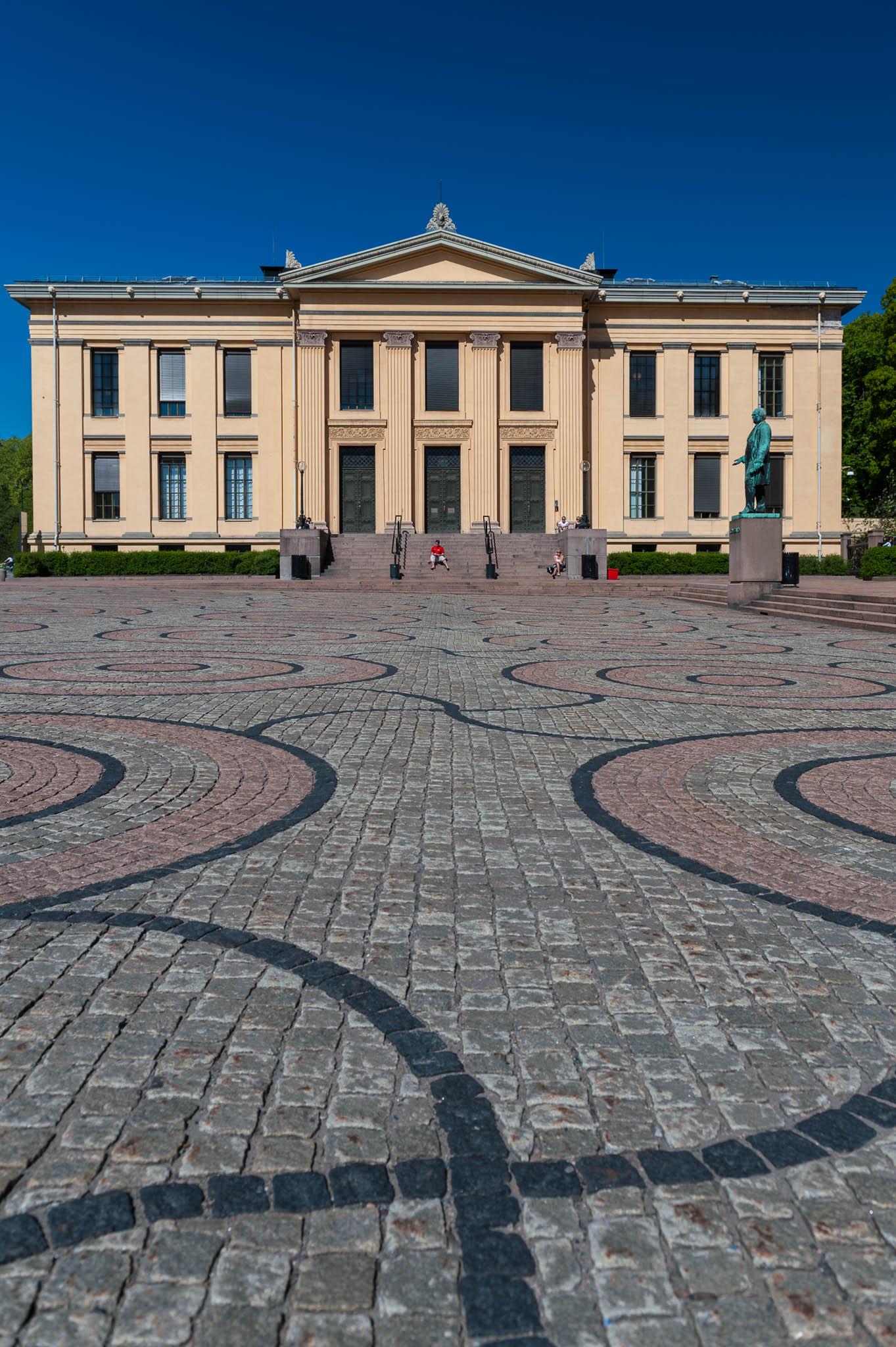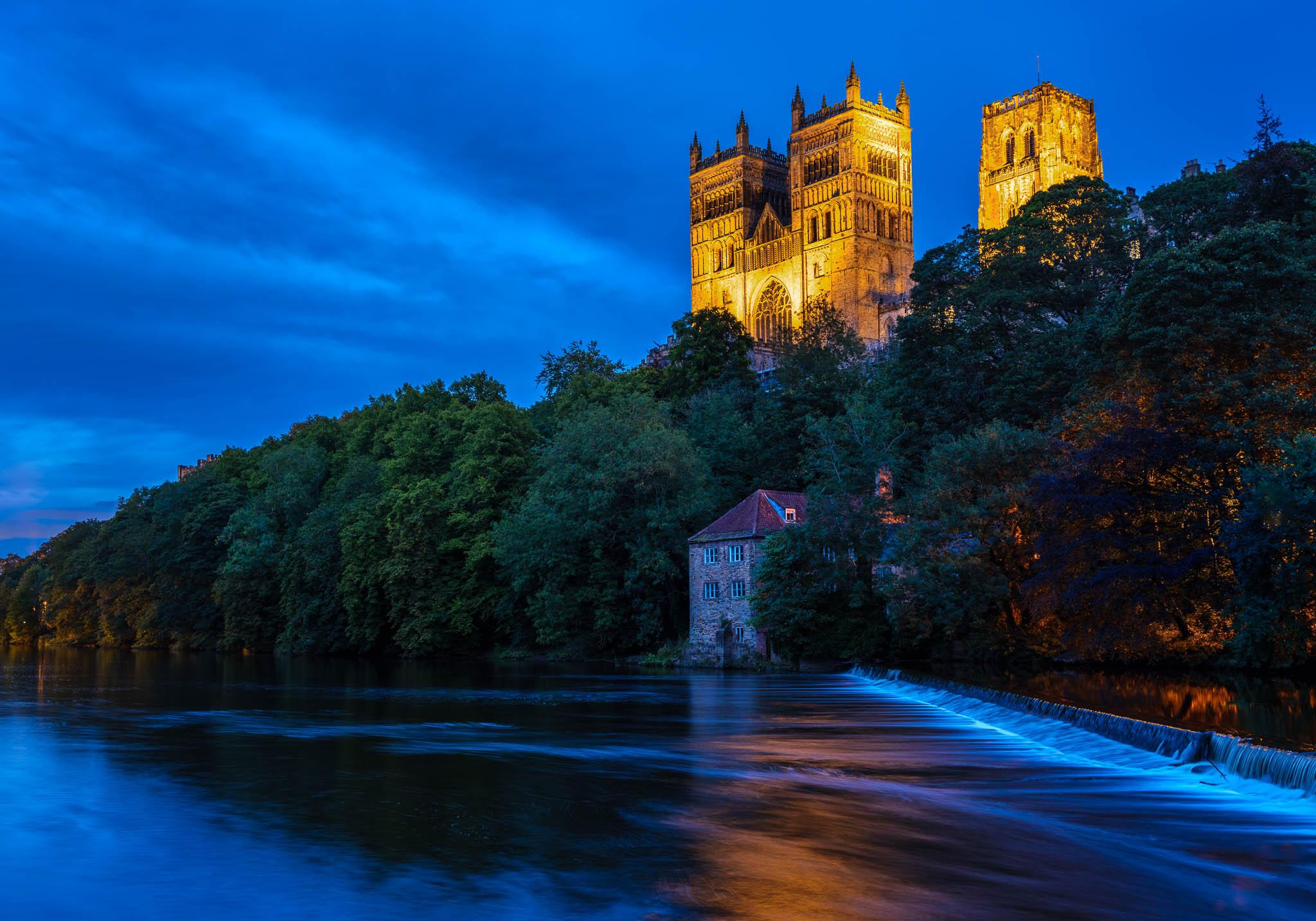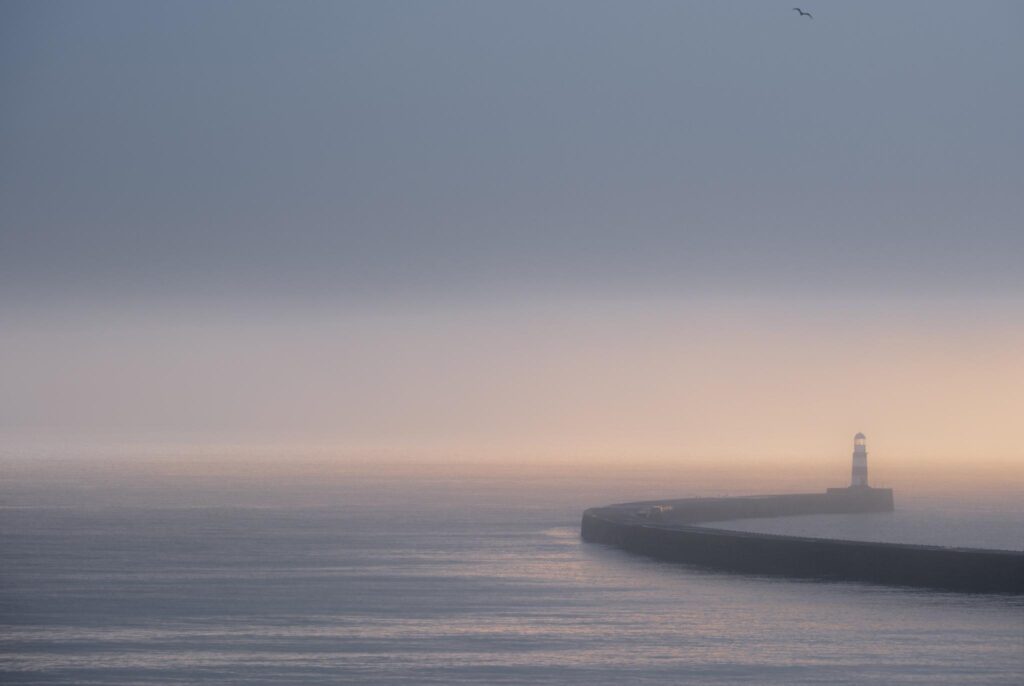As a newcomer to photography you are probably overwhelmed with the amount of information you need to learn. Aperture, Shutter Speed, metering, focus modes, acronyms and F-Stops. For this reason you might put one of the more important aspects of photography on the back burner. That aspect is composition.
Of all the elements of photography, composition might seem the hardest to learn. Some say that you cannot teach it, either you have it or you don’t. I say we all have knowledge of it to some degree or another. Here’s why.
If You Can See Beauty, You Are Seeing Composition
The “rules” of composition are built upon centuries of artistic endeavor. Yet they are pretty much all based on what we see in nature. The flow of the trunk of a tree, the shape of a leaf or snowflake, the fallen leaf sitting on the first snows of winter.
In turn, we are looking at leading lines, symmetry and color contrast or negative space.
I put the word rules in quotes because although some call them rules, I prefer to call them guidelines. These guidelines have been handed down to us by generations of artists all putting their interpretations of what they have seen in nature. They are there to guide us into creating something that looks good to not only ourselves, but to other people.
That said, if there is one rule to composition, it's this. If it looks good to you, it probably is good.

Use Your Subconscious
The problem with being told about the rules of composition is that we often have them fixated in our minds. We slavishly look to fit the scene in front of us to a rule that we know. However, there are so many different ways to compose an image. By fixating on one or two that have popped into our minds at the time of shooting we are restricting our creative potential.
When I shoot, and I suspect many other experienced photographers, composition is not actually in my mind. I would have prepared the technical aspects of the shot, then simply raised the camera to my eye and looked.
I would zoom in, zoom out, shuffle around, stoop down. The camera is effectively an extension of my eye and keep moving it around until something catches that eye. Only then does the concept of composition really come into play. I look at the shot and see what’s working and what’s not.
If the shot is looking right, it will naturally fall into one of the compositional guidelines and then I can hone the image.

For example, shooting an interesting building. I might get down low to give a sense of scale to the edifice. The shot looks good and I can now see that there are patterns on the pavement. With a slight repositioning, I can turn those patterns into leading lines. By tilting the camera down a touch the roof of the building is on the upper third, framed by a blue sky. The entire process is organic, a natural flow ending up with the final composition. But how can I learn that, I hear you ask?

Start With The Basics
There are some compositional guidelines that are easy to see and easy to apply to your photography. By concentrating on understanding those few, top-level compositions, you will find yourself getting deeper and deeper into the art of composition. Let’s look at some of those top-level guidelines.
- Rule of Thirds. There is a very good chance that even as a newcomer, you will have heard of this term. In its simplest form, the frame is broken up by four intersecting lines, two horizontal and two vertical. Those lines are positioned at third intervals. By positioning our subject on one of the thirds or at the intersection of thirds, we create a pleasing, balanced image. If shooting a person, for example, position them on either the left or right third and have them looking into the center of the frame.
- Leading Lines. These are found everywhere, being in nature or manmade. The line of the surf as water washes on a beach is a leading line, but also so is a road or railway track leading off into the distance. Leading lines work best then they lead to a subject.
- Balance and Symmetry. There is so much symmetry both in nature and the man made that you will have no problems spotting it. Unlike thirds, symmetrical compositions work best if the center of the subject is in the center of the frame. That creates a natural balance to the shot.
- Framing is another compositional guideline that is all around us. In its most obvious form, it can be the view through a door or window. However, like all other compositions, it can occur naturally as well, for example, the branches of a tree framing the scene behind.
- Negative Space is a slightly more advanced composition that is also very common and easy to spot. Negative space can convey harmony or tension depending on the position and direction of the subject. It works by using a whole absence of interest to draw the eye to the subject, as with this shot of a fisherman.

Putting These Into Practice
Practice is the keyword here. The compositional guidelines I have listed above are by far the easiest to spot and most common in nature and the built environment. One of the best ways to understand them is to simply look at images that contain them. You are trying to imprint that composition to your mind so that your subconscious will naturally identify it when shooting.
Then go out for a shoot. Don’t think about those compositions, simply frame up shots that feel right, that look good to you. Only then, see if the guidelines I have mentioned above fit into that shot.
In nearly every case you will see the possibilities of one of these guidelines. You can then move around, zoom in, get down lower, and work that composition into your shot. You will be pleasantly surprised at how much it improves that image.

Getting More Advanced
Do this every time you shoot and you will find that over time, you will move the camera very close to the final composition every time you raise it to shoot. As the five basic guidelines become second nature, you can start to learn and look for more advanced compositions and combinations of compositions.
Always remember though, start with what looks good to you, what feels right, then work the composition in. If you try to force the composition you will probably not enjoy the end result.
Compositional ability is within all of us. For some, it comes naturally, others have to work at it, to bring it to the fore. Personally, looking back on my own images, I was never a natural at composition. However, years of experience and simply shooting what I like have taught me its mysteries. If I can conquer it, you can too.




